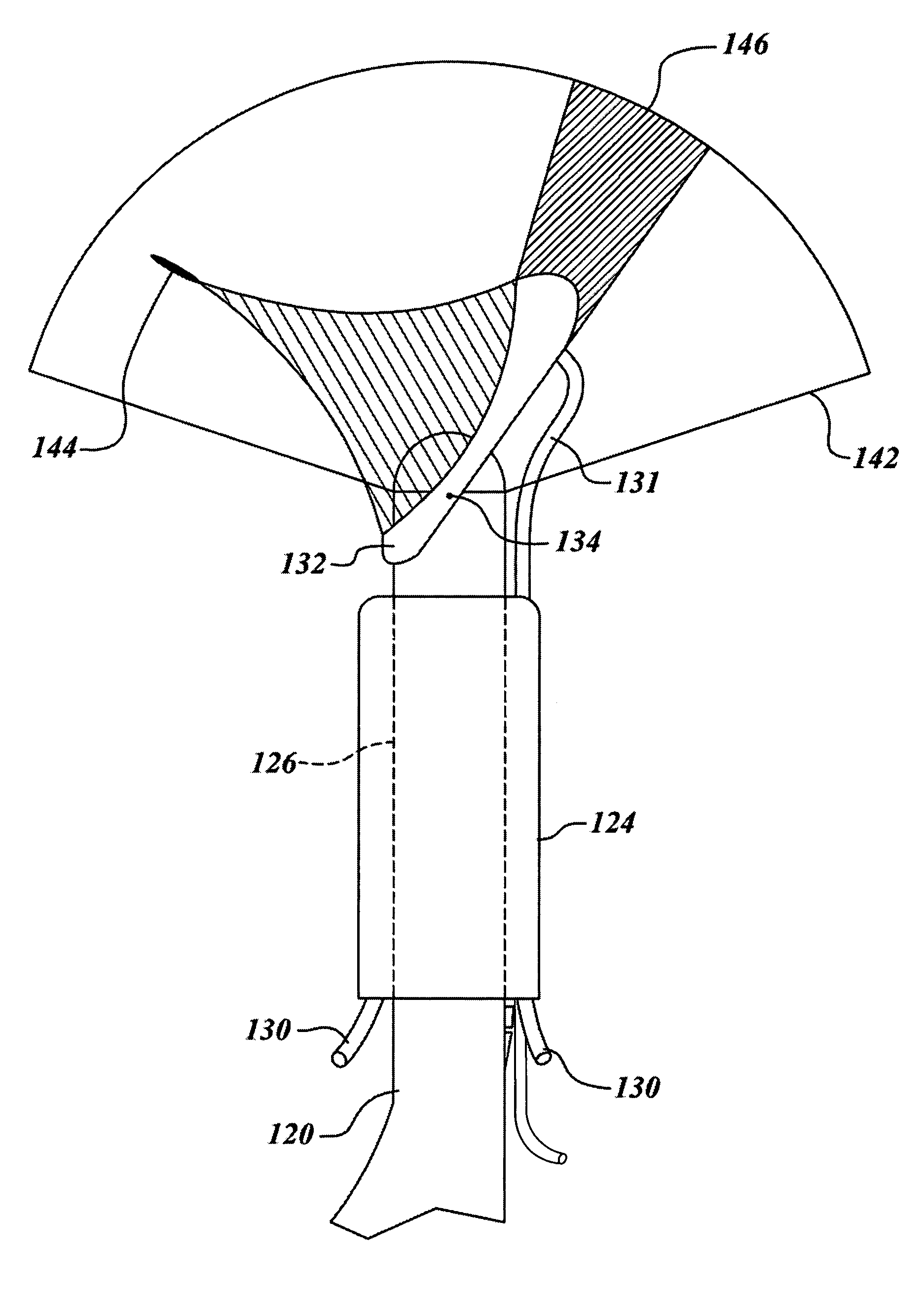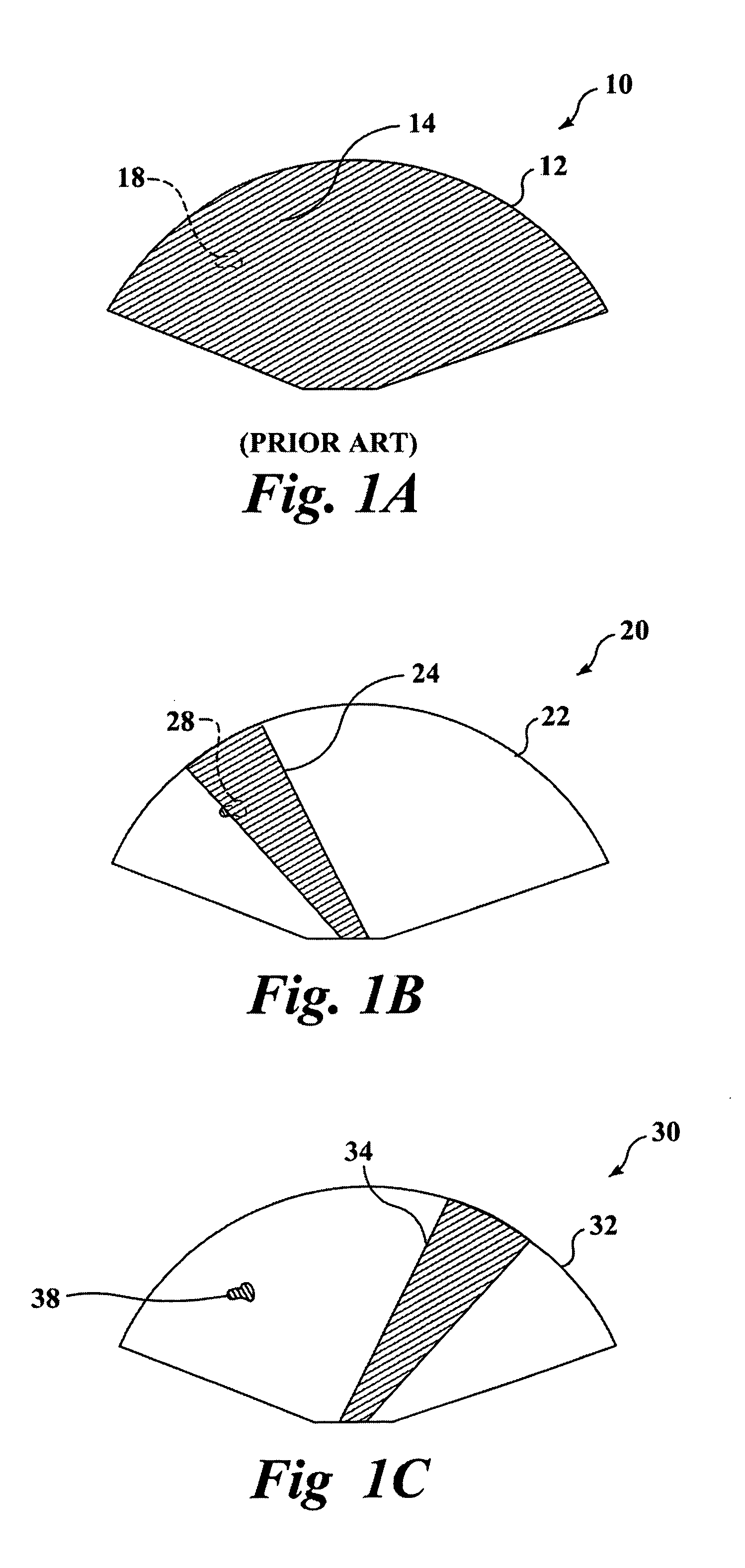Use of contrast agents to increase the effectiveness of high intensity focused ultrasound therapy
a technology of ultrasound therapy and contrast agent, applied in the field of ultrasonic contrast agent, can solve the problems of inadvertent damage to tissue improperly targeted by hifu beam, increase the intensity of ultrasound therapy, and reduce the energy required, so as to improve the effectiveness of therapy sessions.
- Summary
- Abstract
- Description
- Claims
- Application Information
AI Technical Summary
Benefits of technology
Problems solved by technology
Method used
Image
Examples
Embodiment Construction
[0048]As noted above in the Background of the Invention, the prior art has recognized that real time imaging of therapeutic HIFU would be beneficial in a number of treatment methodologies. From a practical standpoint this is not proven easy to do, because the HIFU used for therapy completely saturates the signal provided by the imaging transducer. One analogy that might help to make this problem clear relates to the relative intensities of light. Consider the light coming from a star in the evening sky to be equivalent to the low power imaging ultrasound waves that are reflected from a target area toward the imaging transducer, while the light from the sun is equivalent to the HIFU generated by the therapy transducer. When the sun is out, the light from the stars is completely overwhelmed by the light from the sun, and a person looking into the sky is unable to see any stars, because the bright light from the sun completely masks the dim light coming from the stars. Similarly, the H...
PUM
 Login to View More
Login to View More Abstract
Description
Claims
Application Information
 Login to View More
Login to View More - R&D
- Intellectual Property
- Life Sciences
- Materials
- Tech Scout
- Unparalleled Data Quality
- Higher Quality Content
- 60% Fewer Hallucinations
Browse by: Latest US Patents, China's latest patents, Technical Efficacy Thesaurus, Application Domain, Technology Topic, Popular Technical Reports.
© 2025 PatSnap. All rights reserved.Legal|Privacy policy|Modern Slavery Act Transparency Statement|Sitemap|About US| Contact US: help@patsnap.com



